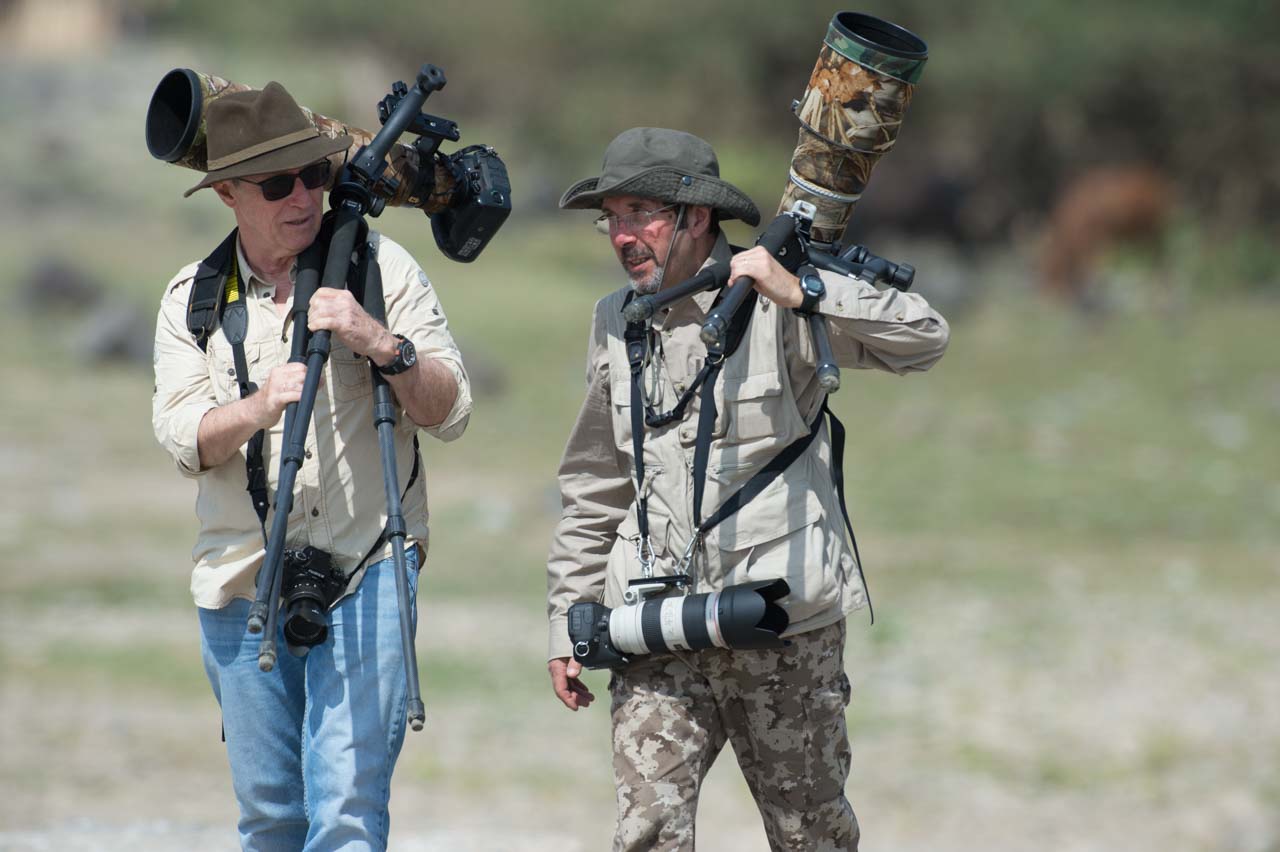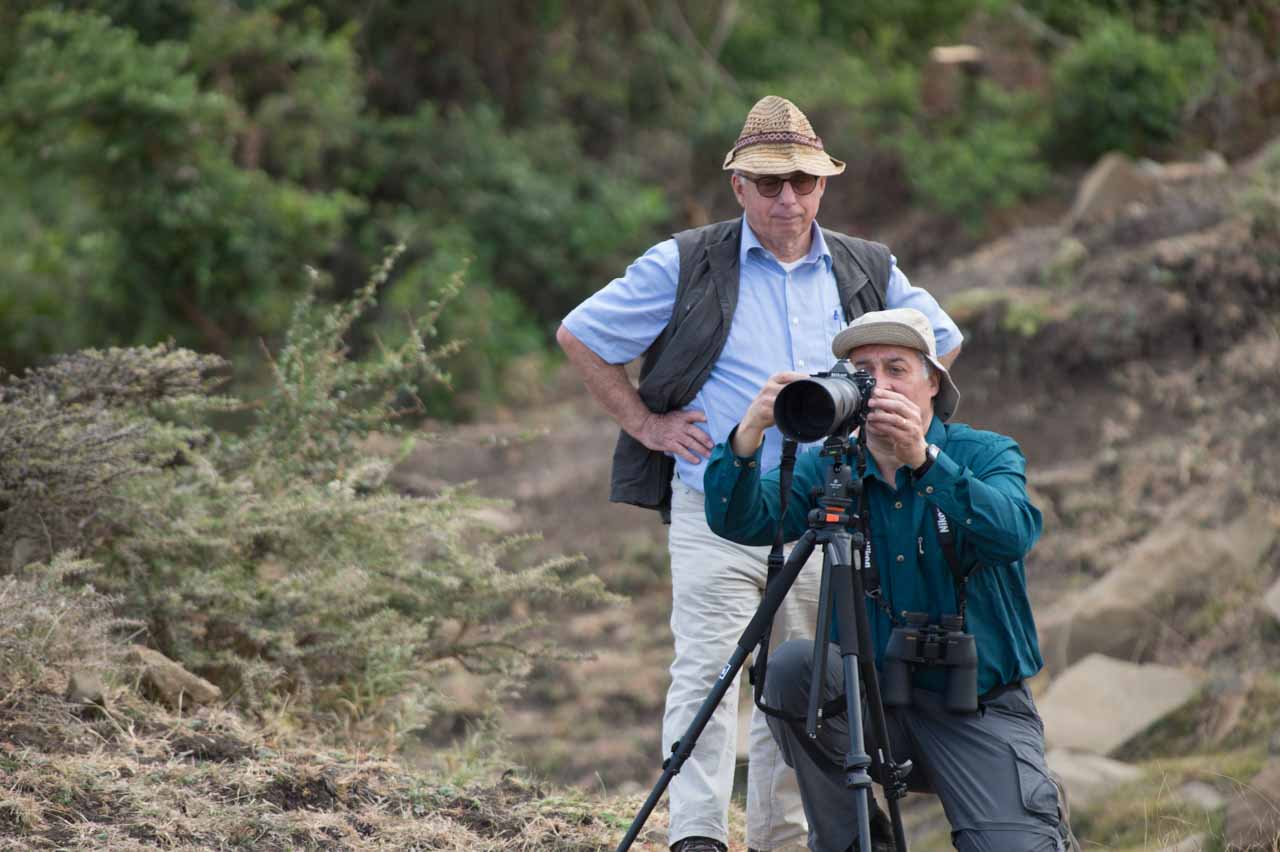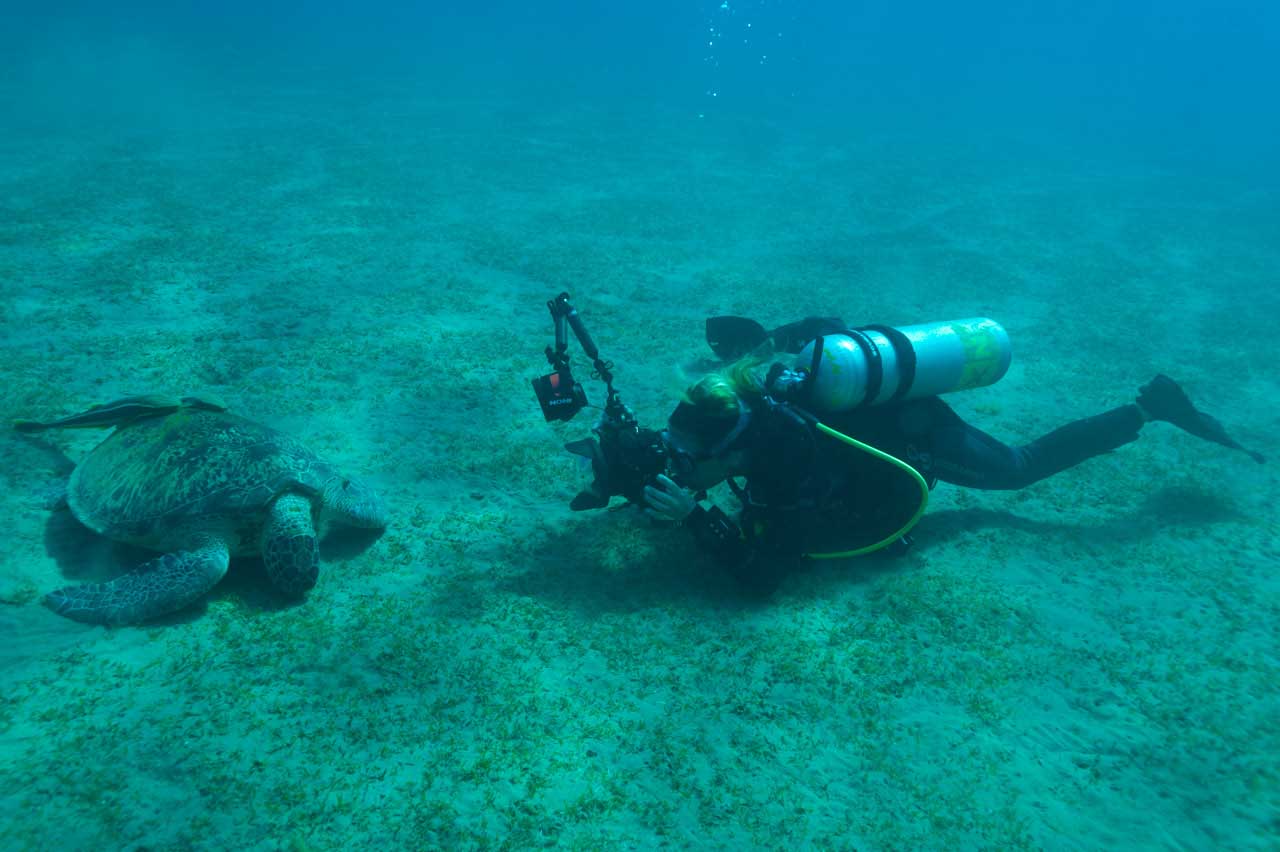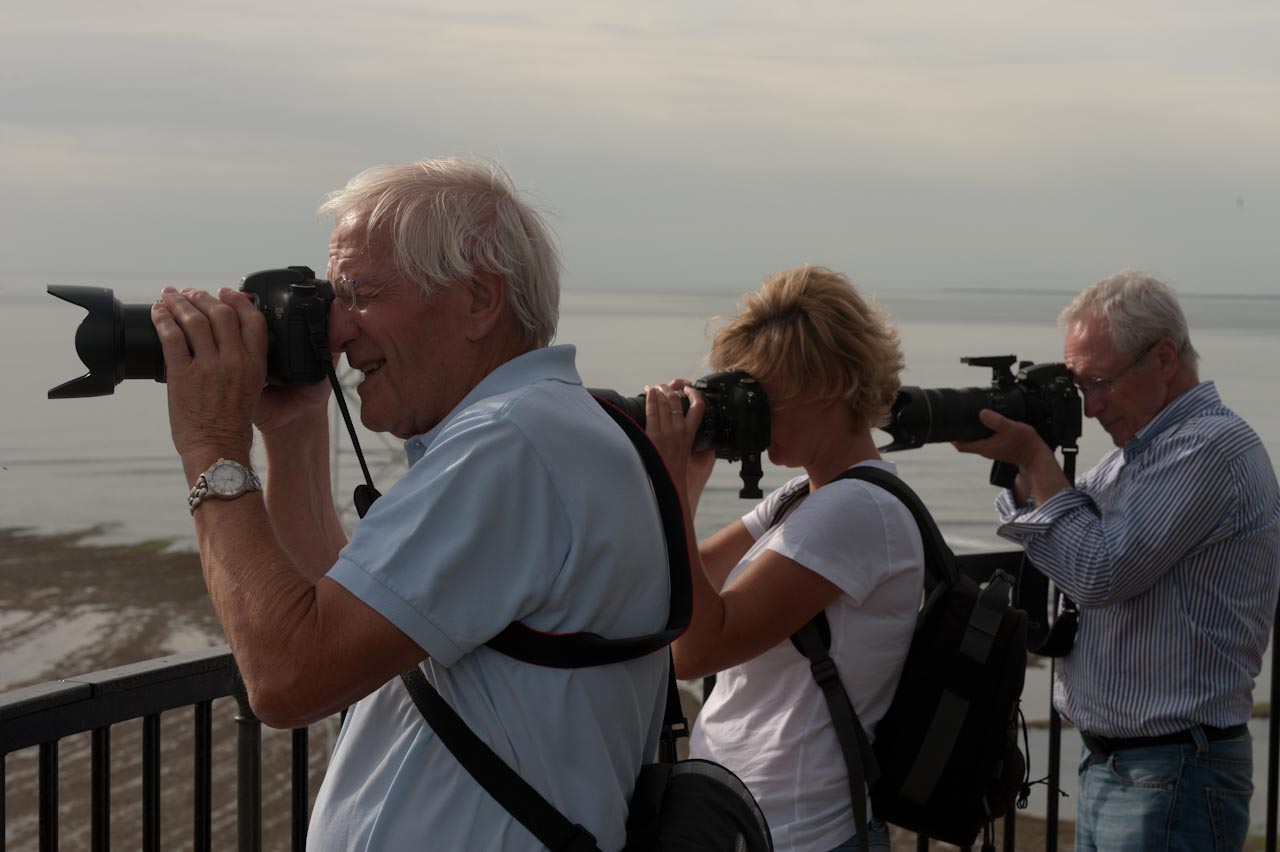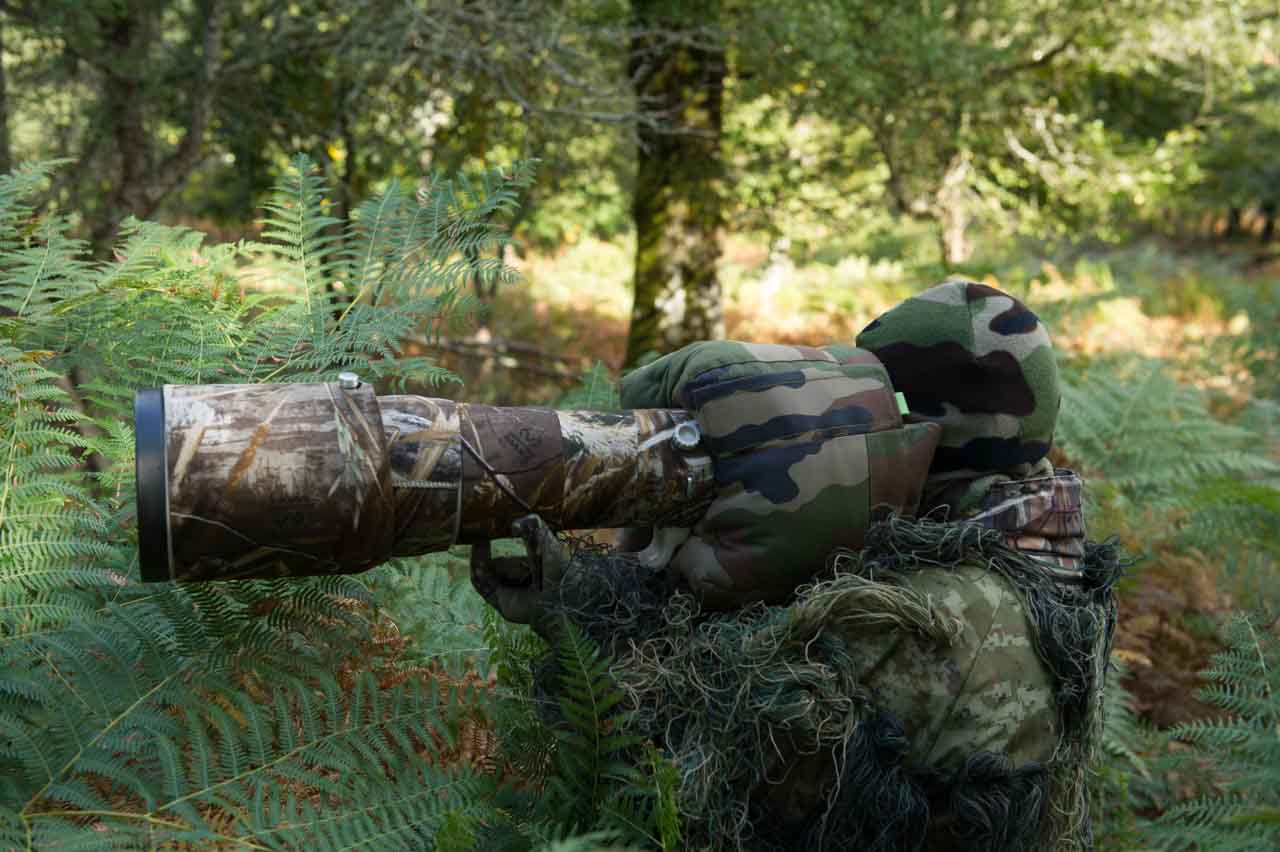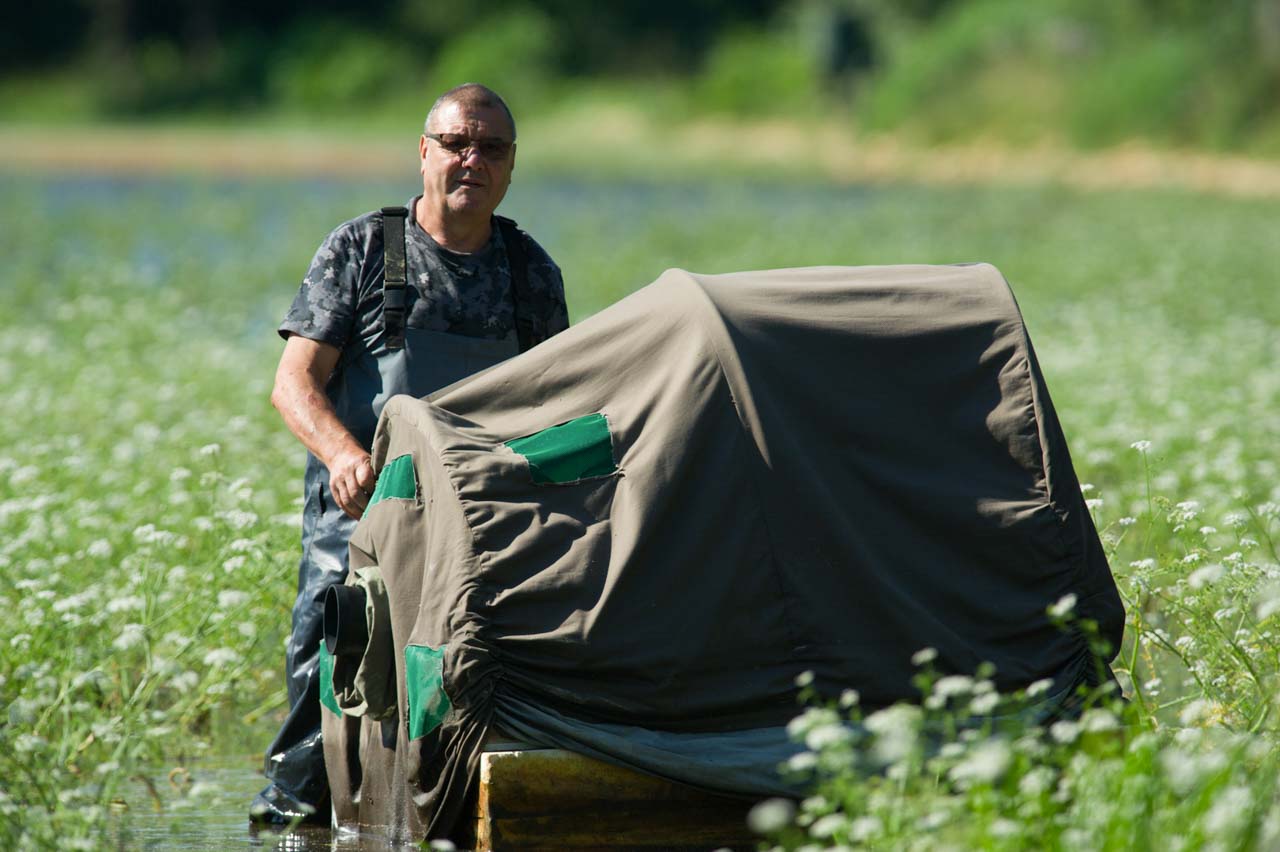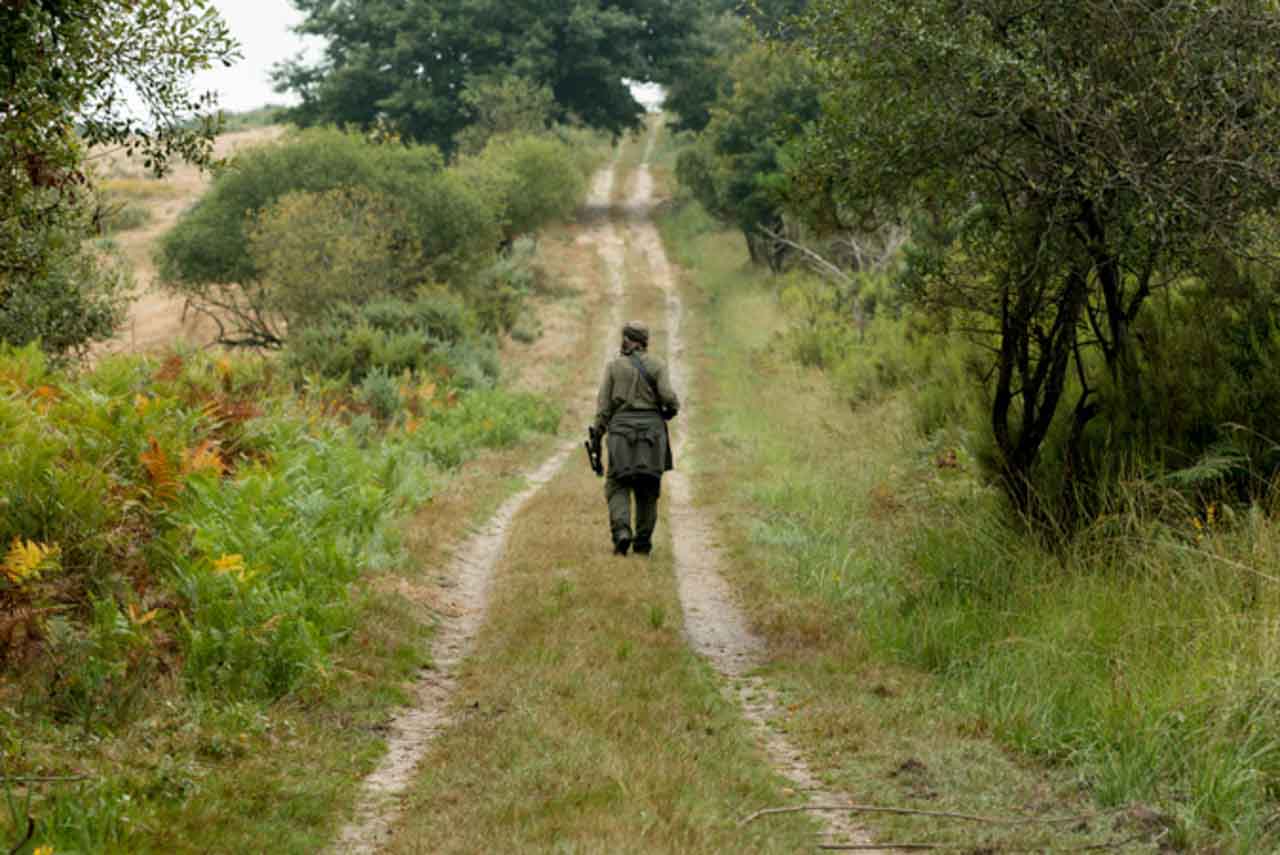ACANP: Discover How to Create Different and Inspiriting Nature Photographs
You want to create interesting, different and above all, inspiring photos of nature.
You want to create nature photographs that reflect your personality.
But you run out of time because you have many activities and professional obligations. You do not have time to visit specialized websites, to read technical books or to meet other photographers.
The ACAPN method I use during my nature photography workshop has been developed to meet your expectations by giving you a real methodology and a real photographic technical framework
My ACANP method aims to help nature photographers develop their creativity and create interesting photos.
Participating in a Nature Photography Workshop is Developing a Technical Expertise
Why should I choose to participate in a nature photography workshop?” This is a question that many nature photographers ask themselves, and the decision involves a special approach. Some people never take a workshop because they think their photography skills are complete or sufficient for the present moment.
However, others have realized that following a nature photo course is not only to continue developing technical expertise by opening new creative doors, but it is also a way to meet other photographers sharing the same passion. Even me, as professional photographer, take two courses a year.
What is a Nature Photography Workshop?
A workshop is, among other things, a training. It is a special period in which a photographer is given the opportunity of acquiring new technical or creative skills.
To meet the demands of demanding photographers of the quality of training courses and photo trips, I have developed a specific method of progression in the learning of wildlife, underwater and landscape photography. This method is suitable for novice photographers as well as for experienced photographers.
For novice photographers, I explain the fundamentals of nature photography.
For experienced or seasoned photographers, I develop themes based on the artistic approach in photography.
I always meet two types of participants in my courses. Some have specific goals that they want to achieve before the end of their stay. Others start to get bored on the ground when making photos. Without any specific goal, they only want to open up new creative doors. In both cases, I adapt my talks to the expectations of each photographer. My pedagogical progressions are always planned to meet the wishes of each.
A workshop is a significant financial cost for many people. I am fully aware of this. But as I want to stick to the best expectations of each participant, the preparatory work is enormous. I use to say that the price depends on the value that the participants give to their training.
Many participants who have been following me for years have explained that they felt like winners after taking a class with me. Many of them have tried to train through forums or websites. Once in the field, the reality is often very different. The theory becomes difficult to put into practice—no one is behind the photographer's back to correct him or explain to him how to make the right pictures.
Therefore, a nature photography workshop is a training during which photographers meet with a trainer to perfect their knowledge by applying the theoretical concepts directly on the field.
Sharing My Passion for the Wonders of Nature
First, a nature photo course is a technical class. But the participants must be like the trainers: passionate about the wonders of nature. Knowledge can only be transmitted if the whole group, trainer included, is in unison by sharing the same ethical and moral values.
Every day, I am amazed by the richness of nature whether through animal behaviors or through lights that bathe the landscapes. This observation of the world gives me inimitable joys and sensations which are constantly renewed.
The goal of a trainer, during the time of a photography course, is to help the participants concentrate all their attention on the wonders of nature. He must transmit the keys of knowledge so that, on the field, the participants will be able to create beautiful photographs in a short amount of time. It can often be difficult to capture a special moment when, for example, the good light or the behavior of an animal is disappearing.
Thus, the trainer’s goal is help the participants concentrate on technical questions before action on the field, so that they are prepared when that special photo opportunity occurs. For this reason, a nature photography course should only bring together photographers who share the same passion for nature. This is the essential condition for the transfer of skills and photographic “know-how”.
Sharing, Exchanging Technical and Nature Insights
A nature photo course is based on shooting, example and practice. Photo trainers must reveal their tricks for participants to succeed in their photos. There are no photos of trainers and photos of trainees. All the photographs should be at the same stage.
This is why during a photography workshop no technical or abstract technical jargon should be used. The goal of the trainers is to guide and refine the participants' eyes. Trainees should take pleasure in creating photographs.
As far as I am are concerned, I like to transmit my messages in the form of an emotion such as telling stories. I talk about artistic sensitivity, framing, lights, and colors. I have immense experience as professional photographer and have trained hundreds of photographers. All my pedagogy is based on experience and practice. I never forget to return to the fundamentals of photography.
Continuing to Develop Technical Expertise
The development of digital photography has enabled many people to discover a wonderful world where it is possible to achieve good shots quickly. Indeed, cameras have achieved so many functions that for 90% of photographers, automatic mode is sufficient.
But for the remaining 10%, it is necessary to go deeper into the technical documents to understand how to make the right adjustments in extreme situations. For example, in wildlife photography, animals move quickly in scenes of actions and automatic mode is insufficient. This is also the case in underwater photography where the cameras must often be adjusted in manual mode to ensure the best possible management of artificial light. Even in landscape photography where the scenes are still and only natural light is used, it is essential to properly set the camera in the case of long exposures or for night photography.
But as always, as soon as computer sciences enter into an artistic field, everything becomes more complex. The settings become incomprehensible and the technical terms have become a true esoteric language.
Post-processing software for nature photography has also become increasingly complex and difficult to use. Moreover, they have become indispensable in the digital flow of processing whether for the visualization, the sorting, the selection, the development, the printing of the photographs, or the creation of slideshows. Even if a photo is 95% successful when shot, the remaining 5% will give the impact that a photographer is entitled to expect from his photographs.
The nature photography workshops are a way to continue learning the rapidly evolving technologies either for cameras or software. Indeed, I spend a lot of time in front of a computer screen to develop my own photographs. I always use the best products on the market because my occupation of professional photographer is without compromise. I must always produce high-quality photos.
Opening New Creative Doors
During all the years that I have taught nature photography, I met many photographers who had lost the pleasure of going on the field with a camera. They have often visited many countries; photographed the most beautiful landscapes in the world; observed the rarest animals on the planet.
Yet, despite all of these rich experiences, these photographers have lost the desire to open new creative doors. Participating in a photo course is often the last experience they want to try.
I understand perfectly this loss of interest in photography because I have known that feeling that is waiting for all those who do not ask the crucial question: why?
To answer this question, I have developed a pedagogical method whose acronym is ACANP.
OMy Teaching Method: ACANP
My ACANP teaching method is based on practice and my lived experiences. All the trainees who attended my courses confirm this, every time.
During the years in which I taught nature photography; I developed a pedagogical progression that I called the ACANP. Regardless of the situation— underwater, wildlife or landscape — I incorporate ACANP.
Not only is its foundation centered on the basic techniques of nature photography, moreover, ACANP allows each participant to develop his own photographic vision through in-depth artistic concepts.v
I developed these concepts based on realistic situations from the field, thus, they come from both my own experience and practice. I think it is important to unveil and share my photographic secrets with trainees.
The profession of photographers is much more than technique. It is a professional activity whose success is based on commercial, marketing and communication qualities. The profession of photographers requires a lot of management skills. Being a professional photographer is above all an entrepreneur. It is a completely different field from the points covered in the courses. Despite this other aspect of photography, I do not view the participants of my workshops as competitors. There is no competition when both the trainers and their trainees are focused on the wonders of nature.
My teaching method ACANP is a progression which begins with learning of the uses of the camera and the basic rules of composition; for example: framing. These concepts are intended for beginning photographers who have never followed a structured course.
For experienced photographers, my progress will give them many tools to refine their vision, by enhancing strengths and overcoming weaknesses. I am using concrete situations to channel their sensitivity to succeed in opening them new creative doors.
Throughout the progression, I address material issues according to themes tackled in the field. For example, in landscape photography, I completely deal with the use of graduated or neutral filters. In wildlife photography, for example, I explain the use of very high-speed flashes to freeze the movement of birds such as hummingbirds. In underwater photography, I cover topics such as mixed light.
My ACANP teaching method takes into account all aspects of photography, from shooting to developing and then making slide shows or prints.
The advantage of having an established pedagogical progression allows the participants to return to other courses and to advance their learning. In the case of the ACANP, the progression is constantly increased according to the requests of the trainees. It is a scalable method.
I Also Follow Two Workshops Per Year
I do not just organize photo classes. I also offer two courses each year. The first one relates to marketing or commercial techniques. The second one concentrates on technical details. One of the courses I have just studied was about the learning of composite photography.
I believe that it is much more profitable to experience a week of training with a trainer, who will immediately give the trainee advice, than to spend time through self-teaching. On the financial plan, it is always more profitable.
I always follow classes of the best specialists in each discipline I want to learn. For each course, I only have 6 days. They must be productive and animated by serious teachers.
Meeting Other People Who Love Photography and Nature
One of the goals of a nature photo course is to be amazed by the richness of the landscapes in front of you. If, like me, you are enthusiasts of the wonders of nature, the observation of the animal world will provide you joys and inimitable sensations, continually renewed.
Starting from this simple idea of sharing the same passion, all the photographers who come together pursue the same goal.
In order to preserve the wonders of nature, I always photograph with respect for nature itself. I do not interfere with fauna or flora to make a picture. I do not feed animals because this would change their natural behavior.
In wildlife photography, all my techniques are based on approach, encounter, or remain hidden. I always stay within the limits imposed by wildlife: never hinder a nest or a young mammal that has just been born. If I believe that making a picture can harm an animal or damage a natural site, I look for another opportunity a little further on.
During nature photography courses, I challenge others to respect the environment whether on land or underwater.
Following a photo nature course also provides the rare chance to gather and meet other photographers who have the same moral and ethical values.
Relax and Changing Mindset
A nature photo course is a training intended by a photographer who wants to deepen his technical skills.
But it is also a period of vacation and relaxation during which a participant wants to change ideas among the company of other people sharing the same passions as him.
This is the reason that my workshops are organized in beautiful hotels or on beautiful cruise ships. The restaurants are always excellent.
During my courses, everything is done to allow the participants to forget the worries of everyday life. I make every effort to make these moments of relaxation memorable.
Sharing, Motivating, Inspiring
I have a motto that I always apply during my workshops and my photo trips: Share, Motivate, and Inspire.
Share: I always share all the techniques necessary to bring participants to the level they want to achieve in photography. Whatever their level, from the beginner to the experienced one, I give all the tricks and techniques that will improve the photographic technique of the trainees.
Motivate: I strive to always encourage participants to go further in their photographic approach. I always do it in good humor and with constructive remarks.
Inspire: My photo workshops, photo trips and pedagogical know-how always inspire the trainees to go on paths that they did not suspect before coming to meet me.
Finally
Participating in a nature photo course is a training that allows you to open new creative doors or learn new techniques of photography. It is also a way to discover new horizons with photographers who share the same passion and ethical values.
A nature photography course enables the participants to enjoy a memorable, relaxing holiday where photography will be at the center of all discussion topics.
I have trained several hundred photographers so far. my trips and photo courses are places of knowledge sharing about the environments and habits of the animals. They are opportunities for photographers to both enhance old techniques and discover new photo techniques.
As lovers of the wonders of nature, I daily advance in my quest for photographic inspiration, and the opportunity to share techniques often allows me to open new creative doors.
